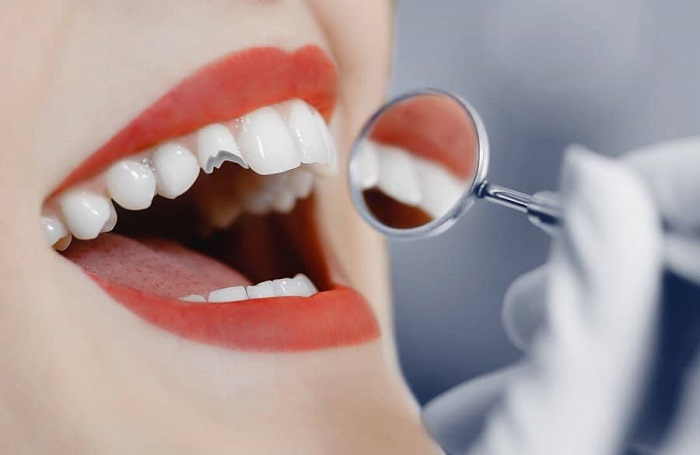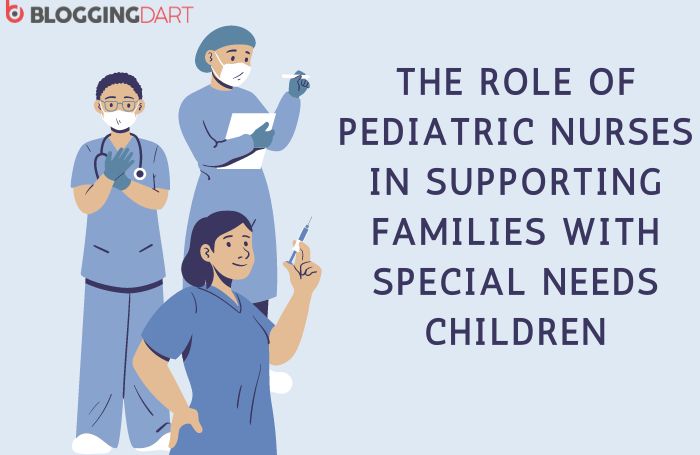
Our teeth are highly rigid but are also vulnerable to breakage and splitting into pieces.
Despite the care on teeth, break or fractures in teeth occur when we meet a strong hit on the mouth, bite a strong substance with teeth, frequently grind the teeth, etc.
Teeth cavities and large amalgam fillings can also compromise the teeth’s structural integrity with cracks.
Minor chips and craze lines over a tooth’s outer enamel are somewhat petty issues. On the other hand, split tooth, cracks that extend to the gum tissues, fracture in a tooth’s root, broken cusp require immediate treatment from a dentist to repair.
Some people with a more significant fracture in a tooth do not feel chronic pain. It makes them ignore such dental fractures. As the teeth cannot repair themselves, neglecting such tooth cracks will provoke more dental discomfort and severe health hazards.
Dangers of an untreated broken tooth
The sharp edges left by the chip or breach in a tooth may hurt the soft tissues like the tongue present inside the mouth. If the crack is extended to the nerve, the fractured tooth will cause intense pain and sensitivity when in contact with the food items. It makes eating quite annoying.
1) Infect the soft tissues and kill the tooth
If the crack is quite deep, the inner layers beneath the tooth enamel will be exposed. The bacteria can quickly enter those regions and penetrate the inner pulp, which contains the tooth’s blood vessels.
When the pulp chamber along the nerves and blood vessels are compromised with bacterial infections, the tooth will lose its efficiency and end in the dead tooth.
2) It pushes the tooth to break
Infection inside a tooth cannot be avoided after the chips or cracks. The accumulation of bacteria weakens the tooth over some time.
If the tooth break occurs due to cavities, then the tooth’s density will constantly be diminishing. In such cases, the cracked tooth cannot endure the pressure of food items we eat.
Such pressure sensitivity will put the damaged tooth at risk of split vertically or eventually break at any time.
3) Tooth Abscess
When the oral bacteria enter through the crack and infect the tooth’s inner pulp region, the nerves, blood vessels, and other tissues are also executed by the bacterial attack and discharge the disposals. The released contents produce a pocked or pus called Abscess.
Such dental Abscess is highly adverse to oral health. If it is left untreated, the Abscess drags the infection to the alveolar bone surrounding the tooth to support and make the bone also prone to infection. The other side effects of Abscess include disease in the sinus sets present in the facial region.
4) Life-threatening Diseases
Sepsis is a harmful condition that can be occurred with bacterial infection anywhere in the body. Dental Abscess occurs due to untreated cracked teeth also leads to sepsis.
Typically, our body produces and releases chemicals into the bloodstream to fight against infections. Sepsis is powerful in altering the body’s response to those chemicals and removing harmful toxins in the bloodstream.
It infects various organs and ends in blood clots, which cause heart attack, stroke, decreased blood pressure level, and eventually leads to death.
5) Oral Mucosal Trauma
Oral mucosa is the mucous membrane lining and has a connective called lamina propria. The role of mucous membrane lining inside the mouth is to provide dental health an immunological defense with antibodies’ secretion.
Researches show that injuries or trauma inside the oral mucosa region are also associated with oral cancer. Broken teeth, decayed teeth, ill-fitted dentures are the main factors that hurt or injure the oral mucosa region and cause mucosal trauma.
Mucosal trauma leads the cancer cyst to develop in the regions like tongue, jaw, and inner neck.
Conclusion
A cracked or broken tooth is an open wound inside the mouth. The damaged tooth can be saved, and the mentioned side effects can be prevented if the tooth is repaired immediately. Delay in treating such chipped teeth will require expensive treatments like Root Canal Therapy and restorative appliances like dental crowns to retain the tooth’s actual structure.











